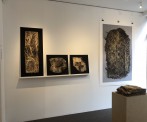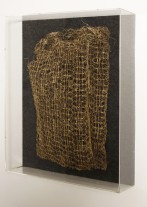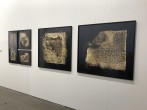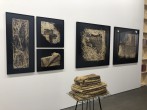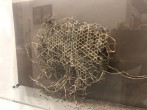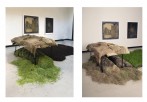

#1
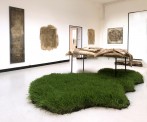

#2
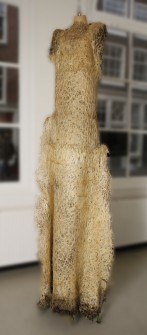

#3
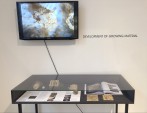

Material Research


Material experiment TU Deft
Hyper Rhizome
Solo Show – Droog Gallery Amsterdam – 6 January 2020 – 30 March 2020
With Hyper Rhizome, Diana Scherer presents a selection of works from plantrootweaving, alongside scientific research and growing objects. Through her installations, photographs and botany Scherer examines the boundaries between plant culture and plant nature. What does “natural” mean in the Anthropocene and is man not also nature or a parasitic species on the rest of his environment? In order to realize her ideas she collaborates with biologists, engineers from TU Delft and Radboud University Nijmegen. Scherer applies the intelligence of plants in her work and makes the hidden world visible. With Exercises in Rootsystem Domestication the natural network of the roots turns into an artificial textile. She approaches the root system as if it were yarn and analyze the various appearances. For example, the refined, white root structure of grass reminds her of silk and the powerful, yellowish strands of the daisy she compares to wool. Scherer combines her interest in plant science with textile craft. She brings together her research in weaving techniques with the strength of nature.
The patterns Scherer applies in her work reflect her interest in hybrid forms. She combines the geometric and ordering principles of nature with basic man-made patterns from her surroundings such as a doormat or bubble wrap. The construction and ordering principles of nature is the theory that assumes that the same elements and patterns keep coming back in every plant and consist of a geometric order.
The exhibition is kindly supported by BankGiro Loterij Fonds, Mondriaan Fonds, Fonds Kwadraat, Radboud University Nijmegen, TU Delft
https://www.tracymetz.nl/2020/02/05/diana-scherers-kunstwerken-van-levend-textiel/


#1


#2
The National Library of Letland / Riga 8.10. – 20. 11. 2020
Curators Yvonne Volkart, Rasa Smite, Raitis Smits.
ECODATA aim is to explore the ‘ecosystematic perspective’. More than just rising awareness that living organisms are highly interdependent on each other and their environments, this year’s festival edition aims to reveal a web of connections that interweaves biological, social and techno-scientific systems, living and digital data, artistic and scientific approaches. ECODATA exhibition is the central axis of the festival, which forms the rest of the program, made in collaboration with Ecodata–Ecomedia–Ecoaesthetics” research group led by researcher and theorist Yvonne VOLKART, (Basel, Switzerland). The purpose of this exhibition is to bridge the gap between technological and ecological as well as to incorporate technological issues into ecological art. This year’s exhibition will feature twenty artworks by internationally acknowledged artists working in the field of media art, science and ecology.
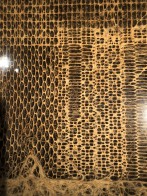

#1
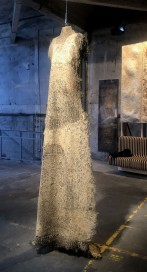

#2
Curator: Lidewij Edelkoort &Philip Fimmano
The past decade has seen a turning point in our relationship with materials, from design to manufacturing, with materials gradually reclaiming their central role in the creative process and beginning to dictate form rather than simply adapt to it. The exhibition explores the power of materials, which use the sense of touch to convey emotion and energy. It draws on the so-called “neo-materialist” movement, which reasserts the centuries-old beliefs that materials have their own force and exude an energy that people can genuinely feel.
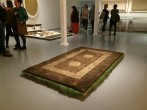

Earth Matters - Textiel Museum Tilburg
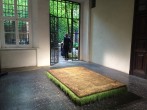

Salon De Mobile Milan Design Week
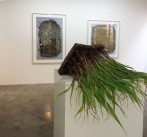

Looking Up / Looking Down Gallery Caroline O'Breen
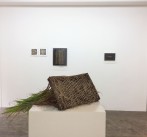

#4
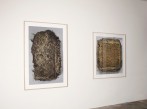

Gallery Caroline O'Breen
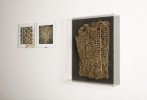

#6
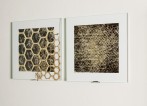

#7


Diepenheim - Principle of least efort
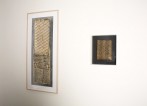

#9
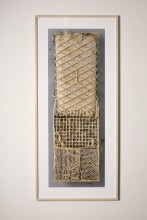

#10
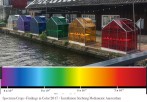

#1
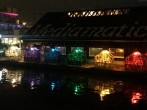

#2
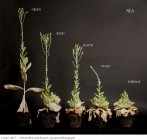

#3


#4
With this botanical test I investigate how different colors of wavelengths influence the shape, taste and medicinal powers of different plants. Photosynthesis: the process in plants that turns sunlight into chemical energy. It influences the shape, structure and colour of plants and explains why fauna in the tropics is often green and plentiful and turns yellow and sparse when placed in the dark. But what would happen if they are cultivated in the light of a specific colour? For this project we builded six greenhouses in which different plants are grown. Each greenhouse consists of a different coloured stained window, in order to stimulate the growth of a variety of vegetables, herbs and weeds.
This work is realized in collaboration with Radboud University Nijmegen, Stichting Mediamatic and supported by the Mondriaanfoundation.
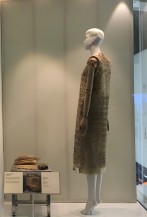

#1
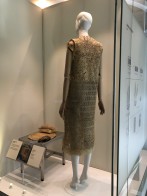

#2

